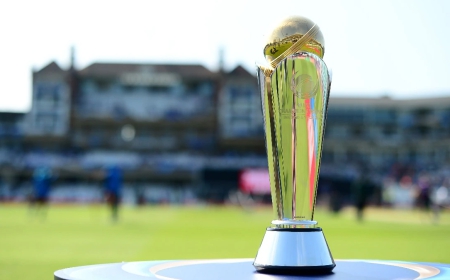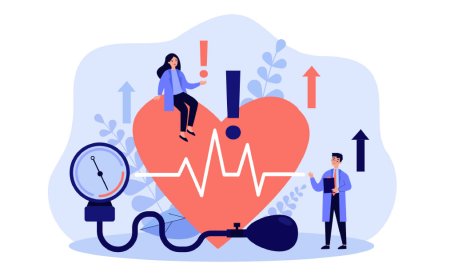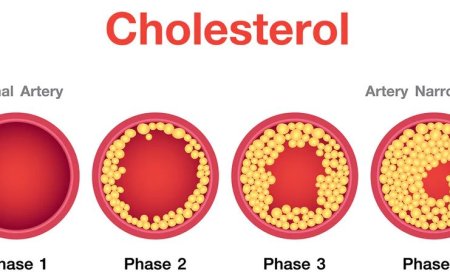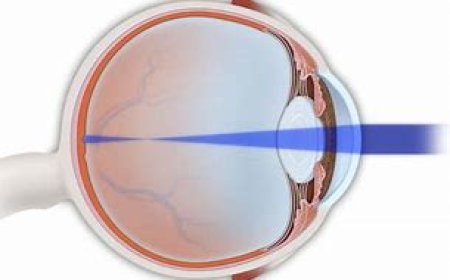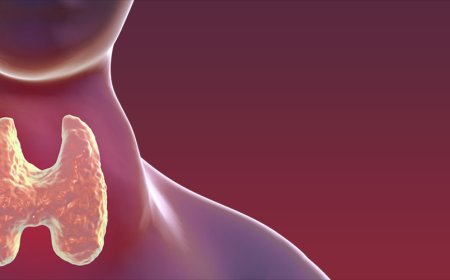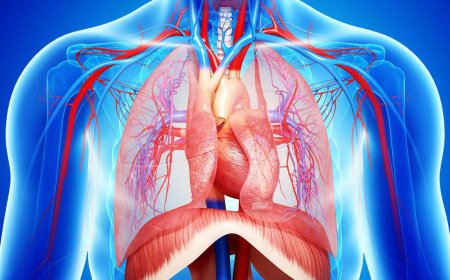Women and Coronary artery disease

Introduction:
Coronary artery disease (CAD) is a serious condition affecting the heart's blood vessels. While it is commonly associated with men, women in India are also at risk of developing CAD. In this article, we will explore what CAD is, its signs and symptoms, risk factors, different types, diagnostic tests, treatments, and prevention techniques in simple language that 10-year-old children can easily understand.
What is Women and Coronary Artery Disease?
Coronary artery disease (CAD) is a heart condition that occurs when the blood vessels (arteries) that supply the heart with oxygen and nutrients become narrow or blocked. This can lead to reduced blood flow to the heart, causing chest pain (angina) or a heart attack.
Signs and Symptoms:
In women, the symptoms of CAD can be different from men. Common signs include:
- Chest pain or discomfort: It may feel like pressure, tightness, or squeezing in the chest.
- Shortness of breath: Difficulty breathing, especially during physical activity.
- Fatigue: Feeling tired even with minimal effort.
- Nausea or dizziness: Feeling sick to the stomach or lightheaded.
Classification of CAD in Women:
CAD in women is generally classified based on the severity of the condition and the symptoms experienced.
1. Stable Angina: Chest pain or discomfort that occurs during physical activity or stress. Rest or medication usually relieves the pain.
2. Unstable Angina: Chest pain that occurs unexpectedly or with minimal exertion. It does not follow a predictable pattern and may be a warning sign of an impending heart attack.
3. Heart Attack: Occurs when a coronary artery is completely blocked, leading to the death of heart muscle cells.
Causes and Triggers:
CAD develops over time due to the build-up of fatty deposits called plaques in the arteries. These plaques can rupture, leading to blood clot formation that blocks the artery and triggers a heart attack.
Risk Factors:
Certain factors increase a woman's risk of developing CAD. Here are some examples:
- High Blood Pressure: Having blood pressure higher than normal.
- High Cholesterol: Elevated levels of "bad" cholesterol (LDL) in the blood.
- Obesity: Being overweight or obese.
- Diabetes: Having uncontrolled blood sugar levels.
- Smoking: Using tobacco products like cigarettes.
- Sedentary Lifestyle: Lack of physical activity or exercise.
- Family History: A family history of heart disease.
- Stress: Chronic stress can impact heart health.
Types of CAD and Their Details:
1. Non-obstructive CAD: The coronary arteries have some plaques, but they do not significantly block blood flow.
2. Obstructive CAD: The arteries are significantly blocked, reducing blood flow to the heart.
Diagnostic Tests:
To diagnose CAD, doctors may use various tests, such as:
- Electrocardiogram (ECG): Records the heart's electrical activity to check for irregularities.
- Exercise Stress Test: Monitors the heart while exercising to detect any abnormalities.
- Coronary Angiography: Injecting a dye into the arteries to visualize blockages.
- Cardiac CT or MRI: Imaging tests to assess the heart's structure and blood flow.
Treatments:
Treatment options depend on the severity of CAD and may include:
- Lifestyle Changes: Adopting a heart-healthy diet, regular exercise, and quitting smoking.
- Medications: Prescribed to manage blood pressure, cholesterol, and prevent blood clots.
- Angioplasty: A procedure to open blocked arteries using a stent.
- Bypass Surgery: Creating new pathways for blood flow by bypassing blocked arteries.
Complications and Prevention:
Complications of CAD include heart attack, heart failure, and arrhythmias (irregular heartbeats). Preventive measures include adopting a healthy lifestyle, managing risk factors, and regular check-ups with a doctor.
Women in India need to be aware of coronary artery disease and its risk factors. Leading a heart-healthy lifestyle and seeking medical attention for any concerning symptoms can significantly reduce the risk of developing CAD and promote better heart health. Remember, it's essential to take care of our hearts, as they work hard to keep us healthy and happy.
What's Your Reaction?




















